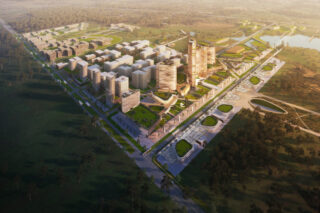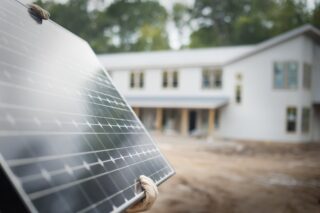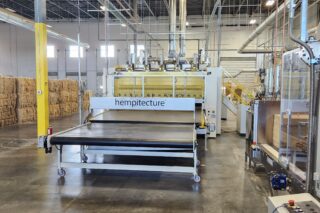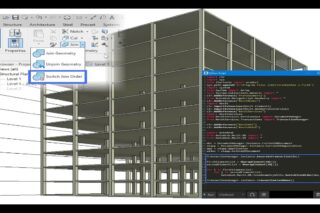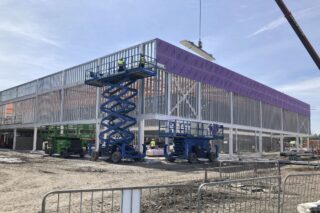Cities are at a tipping point. By 2050, the United Nations estimates that 66 percent of the world’s population will be living in urban areas. So, where to put all the newcomers and how to reduce noise and air pollution from the increasing automobile traffic overwhelming urban cores? One place is in the dead zones that currently exist alongside ring roads, the circumferential traffic arteries that slice through many metropolises.
For the A10 roadway around Amsterdam, a group of planners led by the Dutch firm UNStudio has produced a study showing how to improve this ring road, currently a smog-clouded boundary lined with sound walls favoring automobiles over pedestrians.
“Ring roads create enormous barriers,” declares Ben van Berkel, a founding principal of UNStudio, adding, “People see when they live outside the ring, they live in a less better world. It’s almost a kind of social barrier.”
In place of the current no man’s land bordering the A10, the plan shows a tree-lined boulevard with bike lanes and adjacent balconied apartment buildings. The study was commissioned by the Dutch Royal Institute of Architects, the Dutch Ministry of the Interior and the Amsterdam City Council.
The development tool kit contains a host of new technologies and materials. These include sound-absorbent Silent Asphalt, which also provides better drainage for road runoff. To make the surrounding environment more pedestrian-friendly, the designers are considering a sensor-activated LED system called Nightsight, manufactured by Zumtobel of Austria. This improves on standard lighting by responding to pedestrian movement and providing variable brightness, from dynamic to soft.
A key component of the strategy is electric Shared Autonomous Vehicles developed by 2getthere, self-driving taxis capable of sharing the road with other traffic traveling at moderate speeds.
The signature design elements are two enormous beehive-shaped Hubs built over the road. Here, commuters can park their cars and transfer to the shared Autonomous Vehicles that will convey them into downtown Amsterdam. These Hubs, which van Berkel says could include restaurants and hotels, would serve as charging stations for electric vehicles. In addition, they would operate as storage for electric car batteries, which also could provide electricity to surrounding neighborhoods during peak demand periods.
“We argue that in the future, with electric cars, it will suddenly be more attractive to live around ring roads,” says van Berkel. “You can reduce the amount of noise around the ring road and drive more efficiently. Then you can reduce the width of these roads and make a boulevard.”








